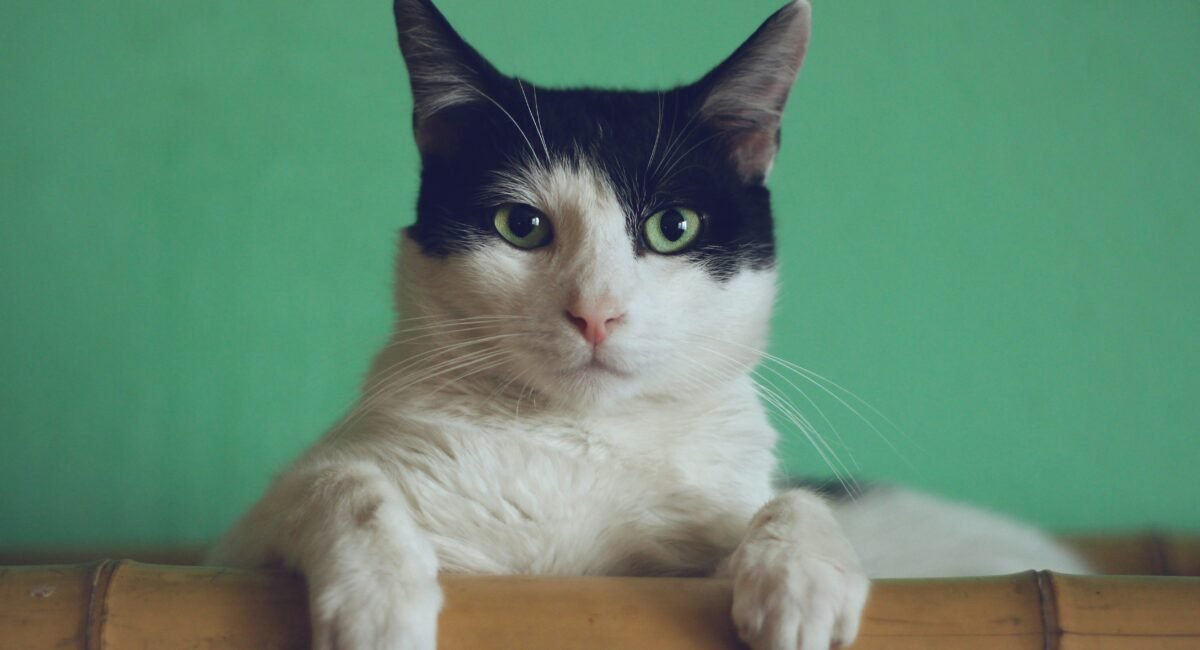The Life Expectancy Of A Cat & How To Care Until Old Age
- 11 February 2024
- BuyAPet Editorial Team
- All Dogs
The Life Expectancy of a Cat & How to Care Until Old Age
Thanks to better nutrition, preventative care and neutering, many cats now live well into their teens—and some into their twenties. Here’s how to support them, every step of the way.
How long do cats live?
Typically, the average life expectancy is around 14 years for cats, though many live longer—especially with high‑quality diets, vaccinations, regular vet care, and neutering. Indoor cats tend to live longer than those that roam outdoors, who face risks such as traffic and territorial fights.
The 6 key life stages of a cat
| Stage | Age | What to expect |
|---|---|---|
| Kitten | Up to 6 months | Rapid growth; senses developing; strong play drive. |
| Junior | 6 months–2 years | Reaches full size and sexual maturity; neutering is recommended. |
| Prime | 3–6 years | Maintain fitness and healthy weight to set them up for later life. |
| Mature | 7–10 years | Activity may drop; watch weight and early arthritis signs. |
| Senior | 11–14 years | Possible changes in toileting and vocalisation; monitor quality of life. |
| Geriatric | 15+ years | Slower pace; monitor appetite, mobility, vision/hearing; vet checks every 6 months. |
Common health conditions & ageing signs
- Cloudy eyes and vision changes: Many older cats develop lenticular sclerosis (usually doesn’t affect sight). Sudden blindness can occur with high blood pressure—seek urgent vet care for dilated pupils or bumping into objects.
- Decreased mobility: Arthritis (hips, elbows, knees, hocks) is common. Struggling to jump or reluctance to groom may be clues.
- Mood swings: Conditions like hyperthyroidism can cause irritability or agitation—your vet can diagnose with a blood test.
- Disorientation & increased vocalisation: Possible cognitive dysfunction (similar to dementia). Look for night‑time calling and confusion.
- Weight loss: Ageing cats may lose muscle mass; rule out CKD, diabetes or IBD with your vet.
- Increased thirst & urination: Common with CKD, diabetes, or hyperthyroidism; monitor litter habits and water intake.
How to care for your cat as they age
Regular vet checks: every 6 months for seniors; include blood/urine pressure checks when advised.
Joint support: ramps/steps to favourite spots; warm bedding; litter trays on each floor with low entry.
Nutrition: consider senior diets; monitor weight/body condition; ensure easy access to fresh water.
Comfort & enrichment: gentle play, puzzle feeders, grooming help; keep routines predictable.
Toileting: larger, low‑sided trays; soft litter; place trays, food and water on the same level your cat uses most.
Prevention, insurance & peace of mind
Preventative care pays off over a lifetime. Stay current with vaccinations, parasite control, dental care and weight checks. Consider cat insurance to help with unexpected costs, and schedule routine check‑ups to spot issues early.
FAQs
What age is a cat considered senior?
Do indoor cats live longer?
How often should seniors see the vet?
A cat is for life
Whether you’ve welcomed a playful kitten or share your home with a dignified senior, this guide helps you tailor care from day one to golden years. And of course—don’t forget the cuddles (if they allow it!).
